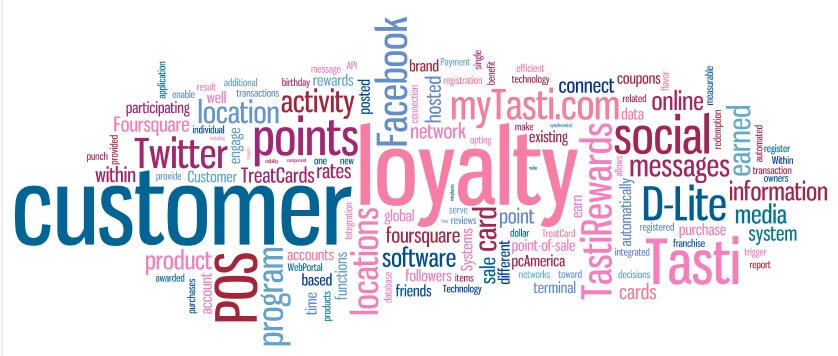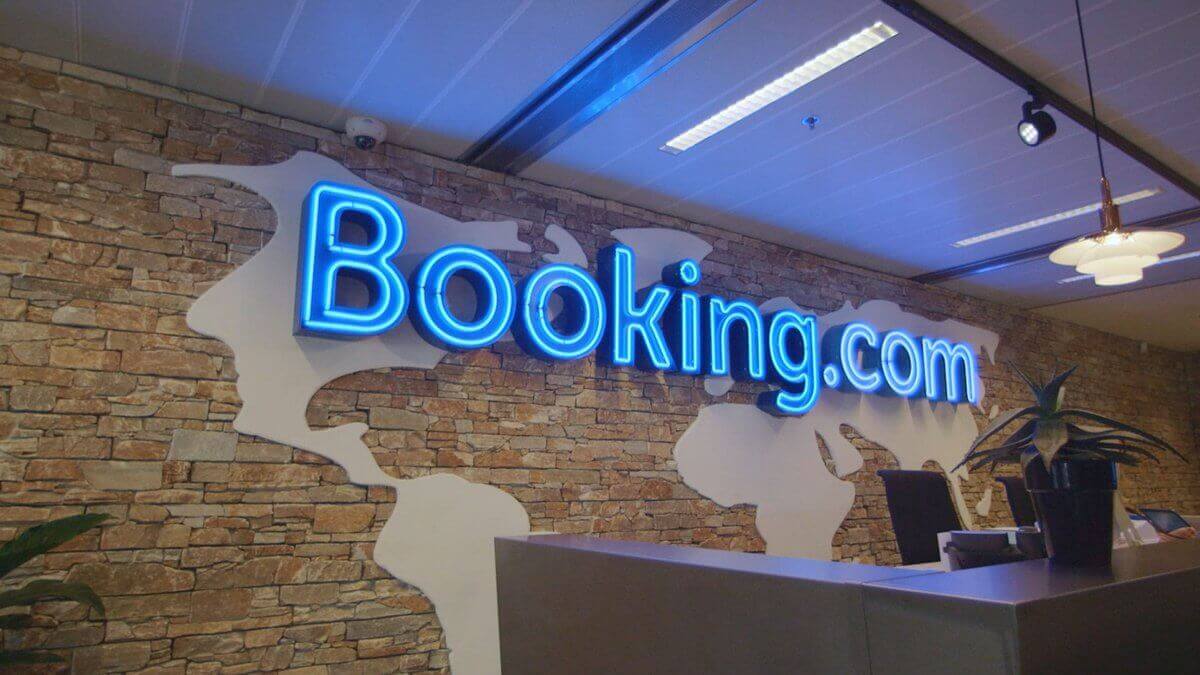
Up to now, hotel groups’ loyalty programmes have been about encouraging repeat bookings with the offer of points and access to higher membership tiers – much like airline frequent flyer schemes. Put another way, they’ve been a ‘gamified’ mechanism for offering discounts selectively.
And as with airline schemes, competing hotel groups have tended to converge on similar programme structures and mirror any changes in rivals’ terms or benefits.
So from a competitive standpoint, loyalty schemes are table stakes rather than differentiators, as evidenced by the way a higher-tier member of one group’s loyalty scheme can often ‘status match’ across to the equivalent tier on a rival’s programme as an enticement to switch allegiance.
But if the history of loyalty in hospitality has all been about rewarding loyal guests with discounts, the future is increasingly about rewarding them with superior experiences as well.
How so? Now that the major hotel groups operate as brand owners rather than property owners, the loyalty scheme is one of the few major assets held by the business. So it’s of critical importance.
It’s a big part of the overall customer experience for the significant proportion of guests who are members, for example, Starwood Hotels & Resorts have indicated that about half of their bookings come from members of their loyalty programme.
By adding additional services and capabilities to loyalty club members, there are more reasons for guests to choose the same brand over and over. The loyalty scheme becomes the gateway to a superior guest experience as well as the gateway to discounts. Inevitably, this shift is being enabled by digital technology.
Hilton is one of the leaders in this space. The HHonors app now allows guests to select a particular room, just as an airlines have seat selection on their booking websites. The latest innovation even allows you to look at your room on Google Maps so you can see precisely what will be the view from the window.






